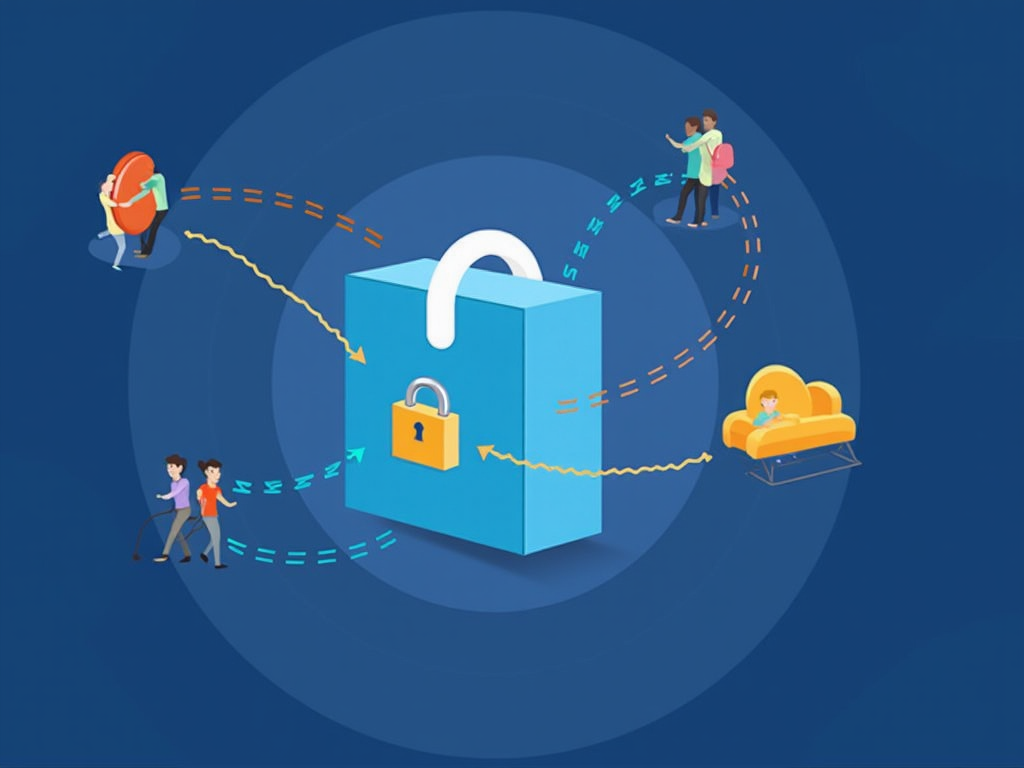Securing Your Wi-Fi Network: The Ultimate Guide to Free and Paid Tools
As the world becomes increasingly dependent on wireless connectivity, securing your Wi-Fi network has never been more crucial. With cyber threats lurking around every corner, it’s essential to safeguard your online presence from unauthorized access and data breaches. In this article, we’ll explore the best free and paid tools to help you secure your Wi-Fi network, keeping your devices and data protected.
Free Tools for Securing Your Wi-Fi Network
1. OpenVAS (Open Vulnerability Assessment Scanner)
OpenVAS is a free, open-source vulnerability scanner that helps identify potential vulnerabilities in your network. This tool provides a comprehensive report on your Wi-Fi network’s security posture, allowing you to take proactive measures.
How it works: Install OpenVAS on your Linux machine, then run the scan and review the results to identify areas for improvement.
2. Nmap (Network Mapper)
Nmap is a powerful, free network scanning tool that helps detect open ports, operating systems, and services running on your Wi-Fi network. This information can aid in identifying potential security risks.
How it works: Run Nmap from the command line, specifying your target IP address or range to scan.
3. Kismet (Wireless Network Sniffer)
Kismet is a free, open-source wireless network sniffer that helps detect and identify Wi-Fi networks within range. This tool can be used to monitor and analyze network traffic.
How it works: Install Kismet on your Linux machine, then run the program to begin sniffing nearby Wi-Fi networks.
4. WireShark (Packet Analyzer)
WireShark is a free packet analyzer that captures and displays network traffic in real-time. This tool helps troubleshoot and analyze network issues, as well as detect potential security threats.
How it works: Install WireShark on your Windows or Linux machine, then capture and analyze network packets to identify patterns and anomalies.
Paid Tools for Securing Your Wi-Fi Network
1. Malwarebytes (Malicious Software Detection)
Malwarebytes is a popular, paid anti-malware solution that detects and removes malicious software (malware) from your Wi-Fi network.
How it works: Install Malwarebytes on your Windows or macOS machine, then run regular scans to detect and eliminate malware threats.
2. Wireshark Enterprise (Advanced Network Analysis)
Wireshark Enterprise is a paid version of the popular packet analyzer, offering advanced features such as decryption and protocol analysis.
How it works: Install Wireshark Enterprise on your Windows or Linux machine, then use its advanced features to analyze network traffic and detect security threats.
3. F-Secure Internet Security (Comprehensive Protection)
F-Secure Internet Security is a paid antivirus solution that provides comprehensive protection for your Wi-Fi network and devices.
How it works: Install F-Secure Internet Security on your Windows or macOS machine, then run regular scans to detect and eliminate malware threats, as well as provide real-time protection against new and emerging threats.
4. GlassWire (Network Monitoring)
GlassWire is a paid tool that monitors your network activity in real-time, providing insights into data usage and potential security threats.
How it works: Install GlassWire on your Windows or macOS machine, then set up alerts for unusual network behavior or suspicious traffic patterns.
Conclusion
Securing your Wi-Fi network requires a combination of free and paid tools to detect vulnerabilities, analyze network traffic, and provide real-time protection against emerging threats. By using the best free and paid tools outlined in this article, you’ll be well-equipped to safeguard your online presence and keep your devices and data protected.
Remember, securing your Wi-Fi network is an ongoing process that requires regular monitoring and maintenance. Stay vigilant, stay safe!



